






METAR Code
N/A
Weather Symbol

A low-pressure system can become lake enhanced when it passes over a relatively warm, large, open body of water, which effectively adds moisture to the storm. This additional moisture increases the amount of precipitation that can fall from the low-pressure system.
Lake enhanced precipitation occurs on a smaller scale, when the effect of onshore flow from an open body of water injects additional moisture and lift into an already active region of precipitation, creating locally higher precipitation amounts on shore.
Associated terms coming soon:
Dewpoint, lake breeze, lake effect, and mesoscale are all terms associated with lake-enhanced precipitation that will be coming soon to the Aviation Meteorology Reference.